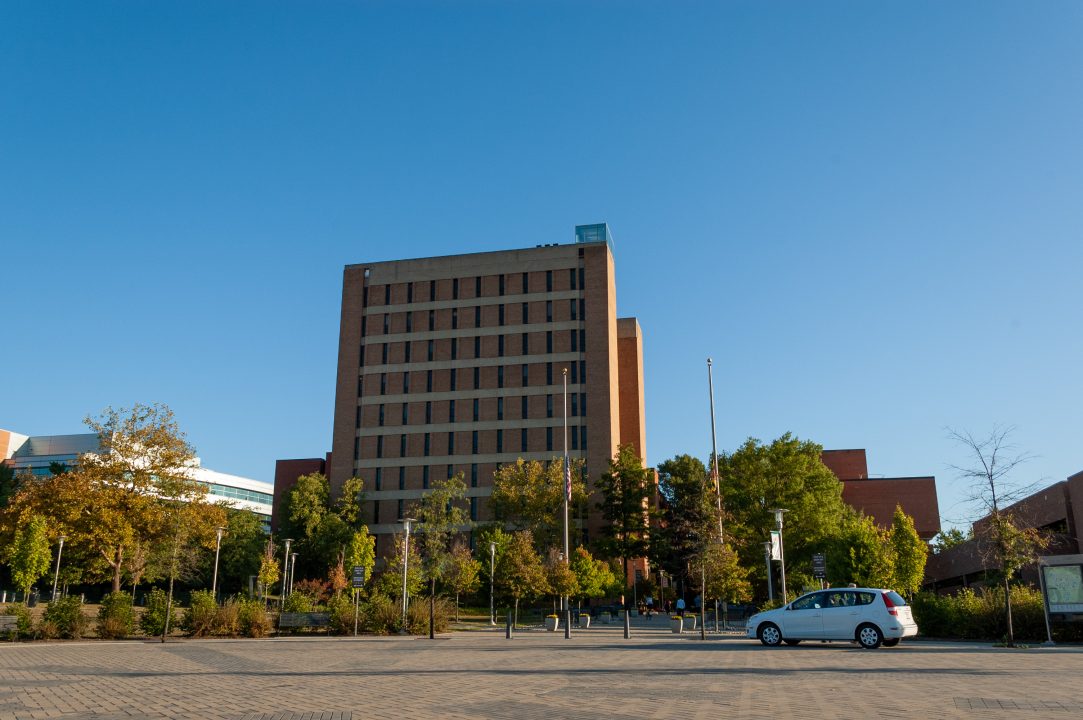When will we be told to “get over it?” By that, I mean, when will students be told they need to get it together, focus up and ignore the collective trauma that sent us reeling, trying to grasp onto some semblance of routine.
As we were forced to return home, everyone I spoke with felt a shuddering sense of mortality sink into their everyday lives, and that terrifying reality has not lifted, even though the stay-at-home order has.
University students deserve accommodations and understanding from administration through action, including extending the pass-fail option to students without stress about general education requirements or any impact to their GPA. Starting in the summer, the University of Maryland, Baltimore County reverted all of the academic and enrollment policies to “the standard policies as published in the Undergraduate Catalog, Graduate Catalog and the Academic Calendar.”
Fall is steadily approaching and universities don’t really have any idea how the pandemic has impacted students in their own homes. I wrote what feels like ages ago for The Retriever about the pressing importance of student accommodations during the pandemic. One student shared how her father had to socially distance in her own home while he awaited test results. During those two weeks, she was terrified, having to continue doing work as normal.
There are so many more stories just like this. University and home lives are stressful as it is, and adding on a global life-threatening pandemic can be the last straw for students. Universities are already worried about enrollment numbers dropping. The fact of the matter is that students (along with faculty and staff) have been traumatized.
In China, researchers did a study on the psychological impact of COVID-19 on students of Changzhi Medical College. The researchers asked students to fill out the seven-item Generalized Anxiety Disorder Scale and 99% of these students did not know anyone who had been infected with COVID-19.
Approximately a quarter of the college students were experiencing anxiety because of the COVID-19 outbreak. If these results were applied to the University of Maryland, that would be around 7,500 undergraduate students with elevated levels of anxiety returning to campus and typical studies; at UMBC, that number would be 3,400 students.
And that’s only if none of those students knew someone impacted by COVID-19. Pew Research reported in May that 28% of adults in the US “personally knew someone who was diagnosed with COVID-19” and 20% of adults in the US “personally knew someone who was hospitalized or died due to COVID-19.”
While colleges are gearing up to welcome students back on campus, the psychological impact of this deadly virus should be enough for universities to recognize that students are going to need even more support than they did before.
According to a study done by Brigham and Women’s Hospital in 2018, one in four college students reported “being diagnosed with or treated for a mental health disorder in the prior year.” And for those who were already suffering from mental health issues before the pandemic, the pandemic is making everything significantly worse.
Neurologist Dr Konstantinos Petsa told the World Health Organization that “‘mental health repercussions regarding what is happening during this pandemic for people, today and beyond, will really be a problem in general… In general, stress behaviour for many, many people brings a lot of problems.’”
With the extenuating circumstances of the pandemic, UMBC, along with other colleges and universities, will need to approach students with the same, if not with more, compassion and understanding as in the spring. That will look like extra counseling center programming, more understanding (from both faculty and students), more flexibility and the same pass/fail policy as in the spring.

